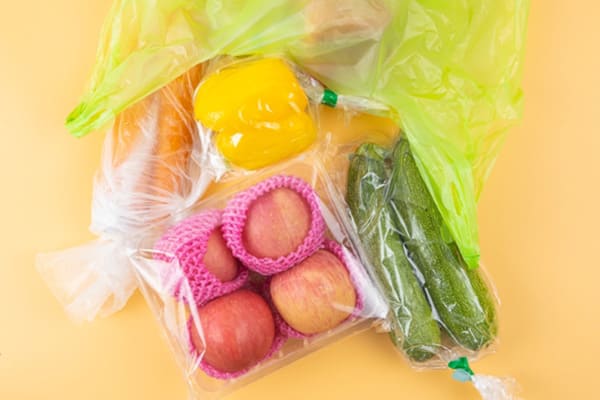Plastic film has become an indispensable part of modern packaging, playing a crucial role in preserving food, protecting products, and ensuring efficient distribution. From the cling wrap in our kitchens to the sturdy shrink wrap used in industrial applications, plastic films offer a wide range of properties and functionalities.
Understanding Plastic Films
Plastic films are thin sheets of plastic that are produced by extruding molten plastic through a narrow slit. The type of plastic used, the manufacturing process, and the additives incorporated determine the film’s properties, such as its strength, flexibility, barrier properties, and heat resistance.
Common Types of Plastic Films Used for Wrapping
-
Polyethylene (PE) Film:
- Low-density polyethylene (LDPE): Soft, flexible, and has excellent moisture resistance. Commonly used for cling wrap, grocery bags, and bubble wrap.
- High-density polyethylene (HDPE): Stronger and more rigid than LDPE. Used for packaging heavier items, such as detergent bottles and milk jugs.
- Linear low-density polyethylene (LLDPE): Combines the toughness of HDPE with the flexibility of LDPE. Used for shrink wrap and heavy-duty bags.
-
Polypropylene (PP) Film:
- Stiff, glossy, and has good chemical resistance. Used for packaging food, pharmaceuticals, and non-food items.
- BOPP (biaxially oriented polypropylene) film offers high clarity, gloss, and printability. Used for food packaging, labels, and gift wrap.
-
Polyvinyl Chloride (PVC) Film:
- Tough, flexible, and has good chemical resistance. Used for packaging food, medical devices, and construction materials.
- However, PVC is a concern due to its environmental impact and potential health risks.
-
Polyester (PET) Film:
- Extremely strong, clear, and has excellent barrier properties. Used for packaging food, beverages, and electronics.
- PET film is also used for making food containers, bottles, and trays.
-
Oriented Polystyrene (OPS) Film:
- Stiff, glossy, and has good clarity. Used for thermoformed packaging, such as food trays and blister packs.
Factors Affecting the Choice of Plastic Film
- Product characteristics: The nature of the product to be packaged, such as its weight, shape, and susceptibility to moisture or oxygen, influences the choice of film.
- Environmental conditions: Factors like temperature, humidity, and exposure to sunlight can affect the performance of the film.
- Regulatory requirements: Food safety regulations and environmental standards play a significant role in selecting suitable plastic films.
- Cost: The cost of the film material, manufacturing process, and printing is a crucial consideration.
The Future of Plastic Film
While plastic films offer numerous benefits, concerns about their environmental impact have led to a growing demand for sustainable alternatives. As a result, the industry is focusing on developing biodegradable, compostable, and recyclable plastic films. Additionally, there is a trend towards reducing the thickness of plastic films to minimize material usage.
In conclusion, the type of plastic film used in wrapping depends on a variety of factors, including the product to be packaged, environmental conditions, and regulatory requirements. As the packaging industry continues to evolve, we can expect to see further innovations in plastic film technology that balance performance with sustainability.
Post time: 08-23-2024


